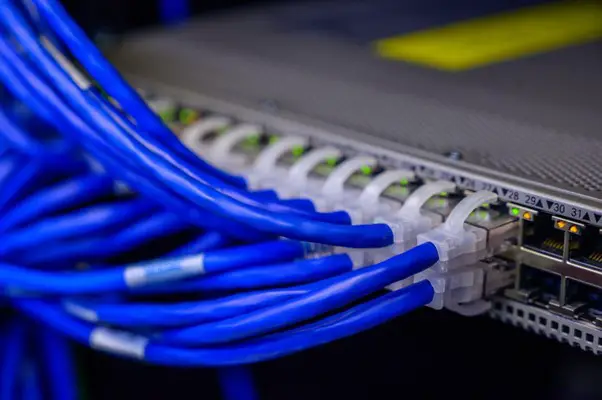Businesses of all sizes need a well-functioning computer network to operate effectively.
With the right setup, you can easily and quickly access important files, exchange data with colleagues and customers, and maintain business continuity.
#1 – Establish Your Network Requirements
Table of Contents
Before setting up the network, it’s important to determine what type of hardware and software is required for your needs. Macintosh network monitor software, for example, differs from other operating systems/brands.
Consider the number of users on the network and any specific applications that need to be connected.
It may also be beneficial to consult an IT expert if you have more complex requirements.
#2 – Choose the Right Network Architecture
Once you know hardware and software requirements for your network, pick the most appropriate architecture for your needs.
This includes selecting a topology (e.g., bus, ring, or star), medium (e.g., Ethernet or Wi-Fi) and protocol (e.g., TCP/IP).
You should also consider scalability when choosing an architecture as networks often have to be expanded as businesses grow over time.
#3 – Connect Network Devices
After determining the right architecture, start connecting devices such as computers, modems, routers, and switches together into a single cohesive system so they can communicate with each other seamlessly.
If necessary, utilize cables or wireless connections to link them together – just make sure all devices are configured correctly for optimal performance.
#4 – Install Security Software
The next step is making sure that your network is secure from malicious threats such as malware and ransomware attacks.
This can be achieved by installing firewall protection software on each device connected to the network, along with password protection policies in place for preventing unauthorized access attempts from outside sources (people or bots).
#5 – Configure Routers and Switches
Properly configuring routers and switches will ensure that traffic flows smoothly between different locations within the same LAN or across multiple WANs without interruption or latency issues.
The configuration requires setting up IP addresses for each device on the network as well as configuring routing protocols like RIP or OSPF, which should help packets reach their destination in a timely manner without being dropped en route due to congestion or other factors outside of user control.
#6 – Set Up DHCP Servers
Dynamic Host Configuration Protocol (DHCP) servers provide dynamic IP address assignment which simplifies management tasks associated with new devices joining the network.
It also allows administrators to configure certain parameters related to how devices interact with one another to enhance performance while at the same time boosting security measures by limiting access only to those who should have access within authorized user accounts.
#7 – Utilize VPNs
A virtual private network (VPN) provides one more layer of security by allowing users outside of an organization’s local area network (LAN) – for instance, remote employees working from home.
Remain securely connected via encrypted tunnels so that sensitive data remains protected even when transmitted over public networks like Wi-Fi hotspots found in cafés or airports.
#8 – Implement Quality-of-Service Policies
Quality-of-Service (QoS) policies enable administrators to prioritize packets based on source/destination application which can increase overall performance, especially when dealing with high bandwidth applications like streaming video services.
The feature is extra useful when implementing VoIP services since voice calls require low latency while still maintaining clear audio quality.
#9 – Monitor Network Performance Regularly
Once everything is set up correctly it’s important to monitor how different applications are performing across various parts of your business computer networks.
That includes tracking key metrics such as latency/throughput rates along with any potential security threats detected so action can be taken immediately if necessary.
#10 – Automate Tasks Whenever Possible
Leveraging automated tools, such as scripts, will help significantly reduce manual labor, enabling you to focus on more pressing matters instead.
These tools can range from basic task-scheduling routines used to automate repetitive tasks, like rebooting servers at designated intervals, all the way up to sophisticated artificial intelligence platforms, which then detect anomalies before they become serious issues.
#11 – Create Backup Plans & Strategies
Having a good backup plan in place goes beyond simply copying important data onto external drives;
Having multiple backup strategies prepared beforehand will give peace of mind, knowing that critical information stays safe regardless of whatever happens unexpectedly, such as natural disasters or major power outages.
#12 – Prepare Disaster Recovery Procedures
Finally, last but not least, don’t forget to document disaster recovery procedures very clearly, detailing what steps need to be taken to restore operations to normalcy in the event that something goes wrong unexpectedly.
These procedures should include contact information of key personnel who are responsible for taking corrective action during crisis situations, ensuring everyone knows exactly what to do during emergencies.
Closing Thoughts
By following these steps closely, you’ll have a better chance at creating a secure business computer network that meets current requirements while still allowing room for future expansion plans if needed down the line without sacrificing functionality.




